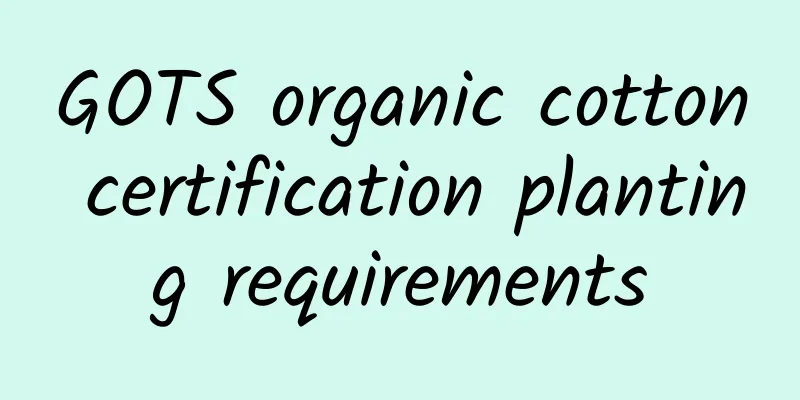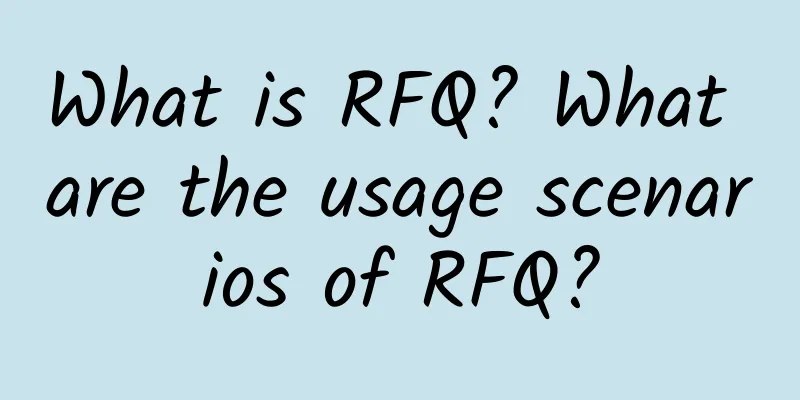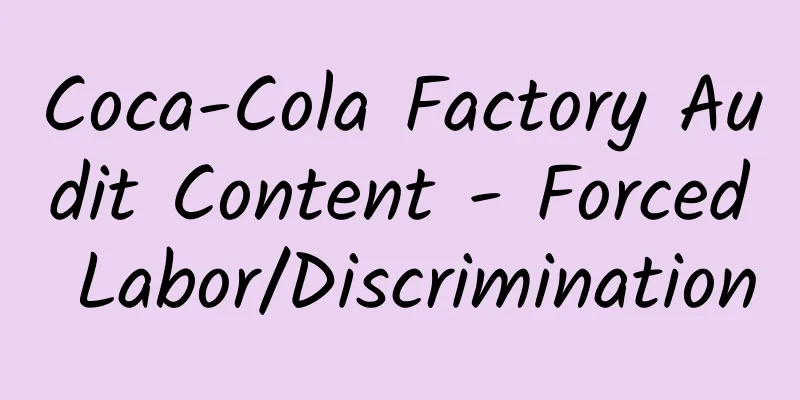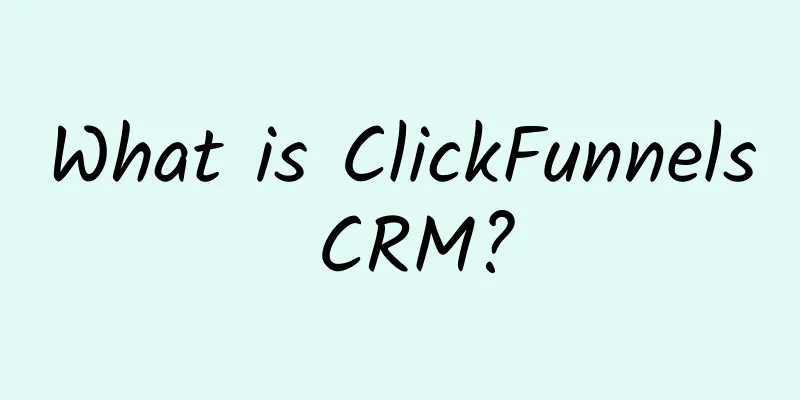GOTS organic cotton certification planting requirements

|
GOTS organic cotton certification planting requirements are the prerequisite for passing the certification audit. As the GOTS organic cotton certification audit has become more and more stringent this year, the pass rate is relatively low. Therefore, suppliers and factories must be fully prepared. Let's take a look at the relevant knowledge about GOTS organic cotton certification planting requirements. Before understanding the planting requirements of GOTS organic cotton certification, let’s first look at what organic cotton is. The concept of organic cotton: The term organic cotton is a direct translation from the English word Organic Cotton. It is also called ecological cotton or biological cotton in other foreign languages. There is no unified standard for organic cotton (Organic Cotton) in the world. Organic cotton is produced in fields that have stopped using chemical fertilizers and pesticides for more than three years in agricultural production. Organic fertilizers, biological pest control, and natural farming management are the main methods. Chemically synthesized fertilizers, pesticides, growth regulators and other substances are no longer used. Genetically engineered organisms and their products are also not used. From seeds to agricultural products, the cotton is produced naturally and pollution-free. The "Agricultural Product Safety and Quality Standards" promulgated by various countries or WTO/FAO are used as the measurement standard. The content of toxic and harmful substances such as pesticides, heavy metals, nitrates, and harmful organisms (including microorganisms, parasite eggs, etc.) in cotton is controlled within the limits specified by the standards, and the certified commercial cotton is obtained. GOTS organic cotton certification planting requirements are: Farm and Land Requirements: 1. Environmental requirements: Organic bases must be located in areas where the air, water and soil are not polluted, and there are no factories or other pollution sources around them. At the same time, they must avoid contamination from genetically modified crops. Some have also proposed that there should be no industrial pollution within a radius of 200 square kilometers where organic crops are grown. 2. Scope of certification: land that needs to be certified. 3. Conversion period: The transition from conventional production to organic production requires a conversion period, which is generally three years before the first crop to be certified is harvested. During the conversion period, operations must be carried out in full compliance with organic production requirements. Crops grown in the fields after one year of organic conversion can be certified as organic conversion crops, and their products can be sold as organic conversion period products. Related recommendations: >>> GOTS Global Organic Textile Certification Standard In addition to the above requirements, GOTS organic cotton certification also has certain requirements for pesticides, heavy metals, nitrates, harmful organisms, etc. If you want to pass the GOTS organic cotton certification, you must meet these requirements. |
<<: Introduction to GOTS organic cotton certification agency
>>: Tobacco Laboratory Quality Management System
Recommend
What is Youkeshu? What are Youkeshu’s main businesses?
Youkeshu is an import and export trading company ...
Hainan COFCO Coca-Cola Beverages actively participates in "Earth Hour"
On March 27, Hainan COFCO Coca-Cola Beverages Co.,...
How is Kaiyunda Air Freight? What are the advantageous routes of Kaiyunda Air Freight?
How about Kaiyunda air transport? Kaiyunda Intern...
eBay China official website address and eBay sales methods
eBay China official website address is: https://w...
How is Qianli Niao Logistics? What services does Qianli Niao provide?
How about Qianli Bird Logistics? Shenzhen Qianli ...
Poccupine — Borderless Payment Gateway
What is Poccupine? Poccupine is an international ...
In 2013, BSCI-B5 Child Labor/Underage Labor and B6 Forced Labor/Disciplinary Measures/Prison Labor added zero points:
a. Company security (armed or unarmed) does not r...
How to deal with surprise on-site audits during factory inspections
How to cooperate with customers before factory in...
What is SHOPLINE? Six reasons to choose SHOPLINE
What is SHOPLINE? SHOPLINE is Asia's leading ...
About A&F
A&F (Abercrombie & Fitch) Brand Introduct...
Nike's factory inspection basis
The basis for Nike's factory inspection is Nik...
Why should we conduct a Mervyns factory audit? What are the benefits of passing the Mervyns factory audit?
Mervyns is an American mid-sized department store...
DANA Wallet—Indonesian Alipay
DANAWallet is one of the mainstream e-wallets in ...
Analysis of the latest JCPenny factory audit trends
JCPenney was founded in 1902 and has 1,200 large ...
What is Yandex.Market? What are the advantages and conditions for joining Yandex.Market?
Yandex.Market is a price comparison shopping webs...









